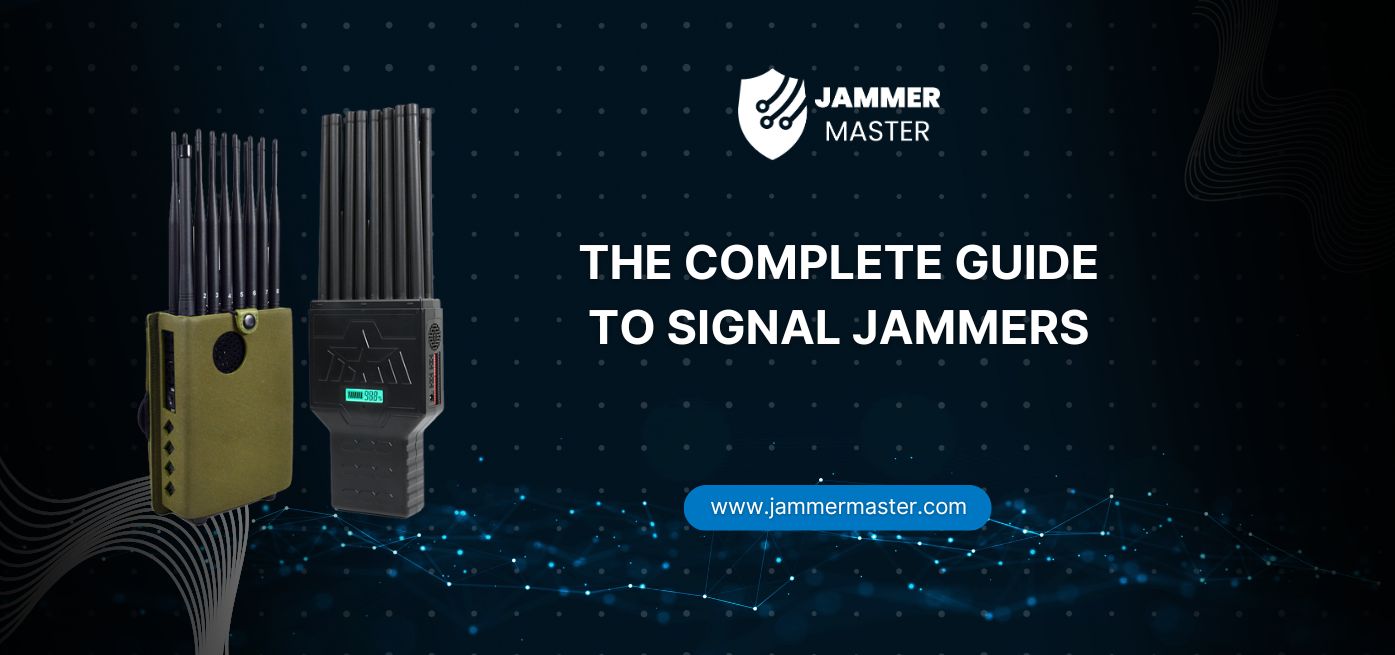
How to Build a GPS Jammer at Your Home
Here’s a step by step guide on how to build your own GPS jammer. Below are the main steps we are going to introduce in

Managing multiple full band signal jammer systems in various locations can be quite inconvenient. Additionally, the increasing number of these systems also adds to the workload of daily inspections. To address these challenges and provide convenience to customers, different management systems for full band signal jammers have been introduced. These systems include the Power Line Carrier and 433MHz Wireless Management System, as well as the TCP/IP Protocol Management System. This article will explore the common features of these two management systems.
One of the key common features of both management systems is their control functionality. Through software, remote control of the full band signal jammers can be achieved. This includes the ability to switch the jammers on and off remotely. Furthermore, the systems allow for scheduled timing control, enabling the jammers to be automatically turned on and off according to pre-set schedules. These basic control functions are essential and relatively simple to execute.
Another shared feature of these management systems is the ability to check for any faults in the full band signal jammers. Administrators can use the software to inspect the working status of the jammers and identify any malfunctions. The systems also facilitate autonomous detection and generate logs for later analysis. This enables administrators to generate tables using the full band signal jammer system, making it easier to identify and promptly repair any faulty jammers. This ensures the continuous and stable operation of the full band signal jammer systems.
The most common functionality of full band signal jammer systems is the ability to adjust the transmitting power of each frequency module in every jammer. This feature is particularly necessary in places such as prisons and schools, where there may be residential areas nearby or high human activity centers. By minimizing the interference caused by the full band signal jammers to the surrounding areas, these systems ensure effective signal blocking within the premises while minimizing disruption to the external environment.
The management systems for full band signal jammers offer various features that simplify the control, fault detection, and power adjustment of these devices. By providing remote control capabilities, fault detection and logging functionalities, and the ability to adjust transmitting power, these systems enhance the convenience and effectiveness of managing multiple full band signal jammer systems.
Our frequency checker tool will help you check all frequency bands used in all country.

Here’s a step by step guide on how to build your own GPS jammer. Below are the main steps we are going to introduce in

In today’s digital age, our lives are more connected than ever before. We rely on our smartphones for communication, entertainment, and information. However, with this

Signal jammers are devices that deliberately transmit signals on the same frequencies as telecommunications and GPS devices, such as mobile phones, GPS trackers, and even

Understanding Signal Blocker: How It Works and Its Applications Signal Blockers are devices that can disrupt mobile phone signals, preventing them from connecting to base

The Application and Benefits of High-Power Signal Jammers Enhancing Signal Blocking Efficiency in Various Environments In today’s technologically advanced world, the need for effective signal

Considerations for Purchasing Exam Room Signal Jammers Ensuring Effective Signal Jamming for Exam Integrity As the year approaches its end, many schools are preparing for

The Importance of Monitoring and Signal Interference Measures During Examinations During examination periods, it is crucial to closely monitor the examination venues and their surrounding

Selecting the Appropriate Cell Phone Jammer for Theaters and Auditoriums Overcoming Challenges in Installation and Maximizing Signal Disruption The Importance of Cell Phone Jamming in

Remote Control of Cell Phone Jammers via Smartphone: A Possibility? With the rapid development of the Internet of Things (IoT), numerous smart home devices have

Supplying high quality signal jamming devices since 2010. The only jammer store you can trust.
Jammer Master © 2024. Premium Signal Jammer Supplier Since 2010.